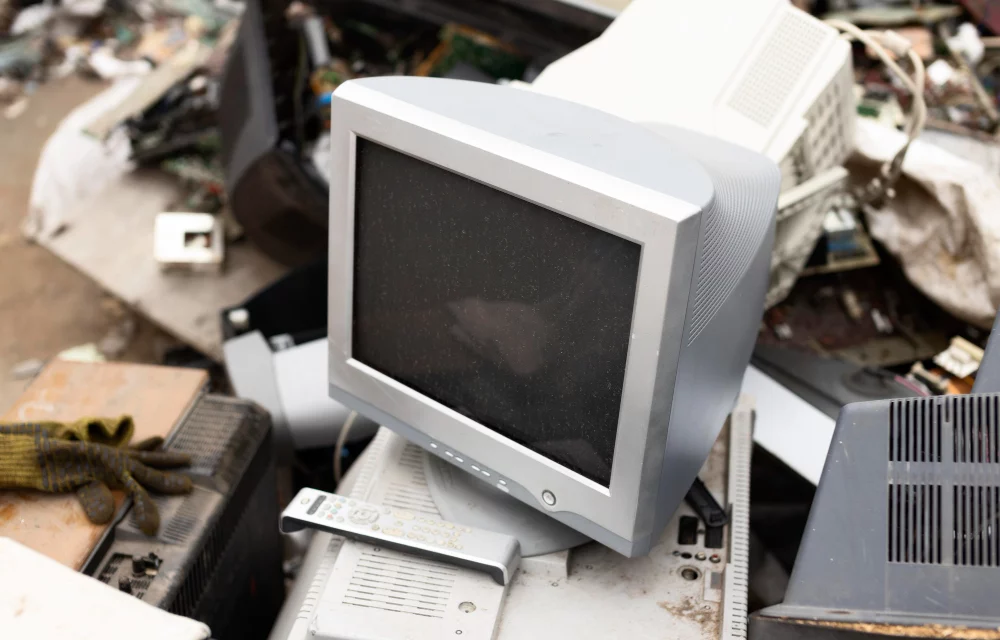Old computers often contain sensitive data and valuable materials, yet many Australians still don’t know the safest way to dispose of them. With e-waste growing faster than any other waste stream, proper computer recycling is essential for protecting your privacy and staying compliant with national regulations. By choosing the right recycling methods, you can ensure your old devices are handled securely and sustainably. Businesses managing bulk IT equipment can also benefit from professional IT asset disposal services that ensure every device is processed responsibly.
Why Proper Computer Recycling Matters
Old computers contain valuable materials such as gold, copper, and rare earth metals. Recovering these reduces the need for mining and lowers environmental footprints. At the same time, outdated devices store sensitive data that must be securely destroyed.
Improper disposal risks data breaches, pollution from toxic components, and hefty fines under Australian regulations. Responsible computer recycling is a win-win: safeguarding privacy, helping the planet, and complying with laws.
Step 1: Secure Your Data Before Recycling
Before parting with your old computers, back up any essential files. Then, perform secure data wiping or use professional data destruction services. Simply deleting files or formatting is not enough; these actions only remove pointers to data.
Data wiping involves overwriting the stored information multiple times, making it unrecoverable. Alternatively, physical destruction like hard disk drive shredding guarantees total data elimination.
Step 2: Use Certified E-Waste Recyclers
Seek out recyclers holding certifications such as AS/NZS 5377. This standard ensures they follow strict protocols for environmental protection, data security, and worker safety.
Certified recyclers provide guarantees that devices are fully processed in line with the latest regulations. They also issue certificates of destruction, an important record for compliance reporting.
Step 3: Choose Convenient Recycling Options
- Select a recycler that is well-established and trusted in the industry.
- Check if they hold certifications such as AS/NZS 5377 or R2.
- Ensure they follow strict data security and environmental protocols.
- Look for transparent processes and recycling reports.
- Confirm they do not export e-waste to unsafe or unregulated overseas sites.
- Choose providers who offer services that match your needs (pickups, drop-offs, etc.).
Step 4: Participate in Government and Retail Programs
Take advantage of national schemes like the National Television and Computer Recycling Scheme (NTCRS). These provide free recycling at approved collection points.
Many local councils also organise e-waste collection events designed to safely collect and process electronics from the community.
Some electronics manufacturers and retailers run take-back initiatives, accepting old computers for responsible recycling.
Step 5: Confirm Responsible Disposal
Ensure your chosen recycler complies with local waste regulations and does not export e-waste to unsafe or unregulated sites overseas. Australian standards and laws require safe handling and disposal that protect the environment and human health.
Request transparency through recycling reports and certificates confirming your old computers were processed correctly.
Conclusion
Recycling old computers in Australia requires attention to data security and certified recycling methods. Cyber Computer Recycling is here to help businesses and individuals across Australia recycle their old computers safely and responsibly. We make e-waste recycling easy by ensuring your data is protected and all devices are processed in an environmentally friendly way, following Australian standards every step of the journey.


